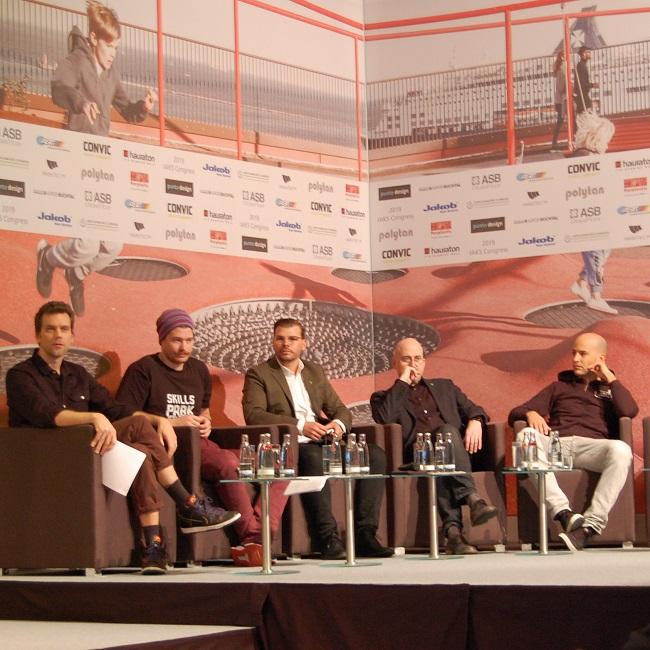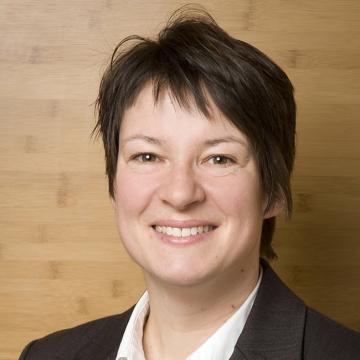
What makes activity areas successful?

Lessons learned at the 26th IAKS Congress on day 4: Everybody wants to connect with a youthful and hip audience in at urban sports facilities and to create inspiring urban landscapes for sport and physical activity. If done with consideration and creativity, urban sports environments can create landmarks for both the local population as well asand visitors. This was the conclusion of a keynote session on ‘Diverse and successful activity areas’ moderated by Danish journalist and former head of the Danish Institute for Sports Studies, Henrik H. Brandt.

photo: IAKS
